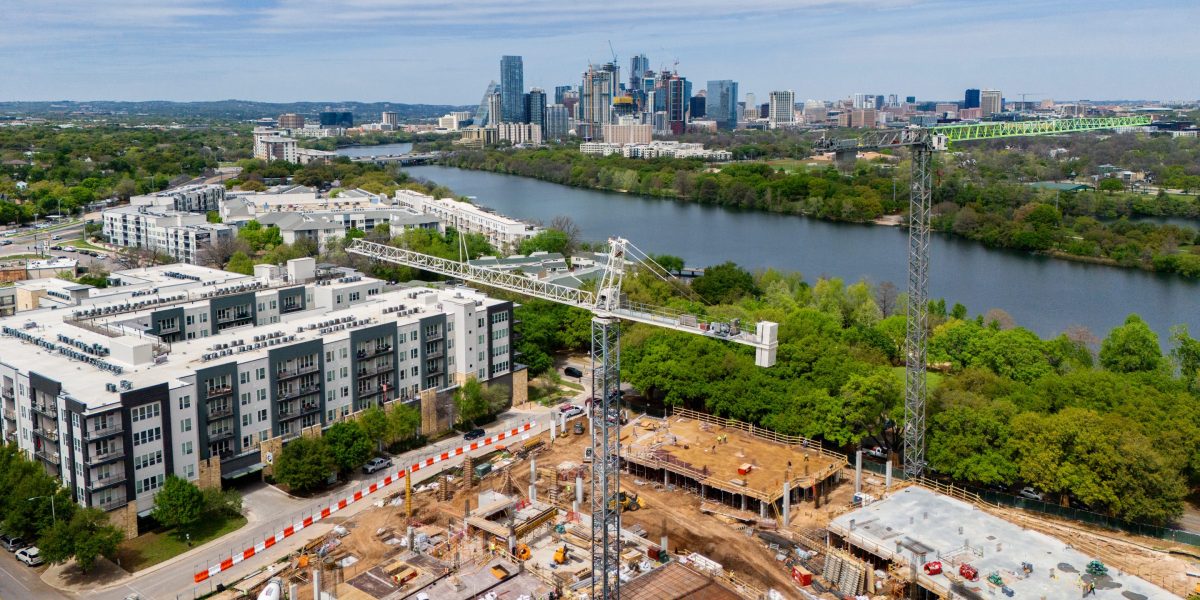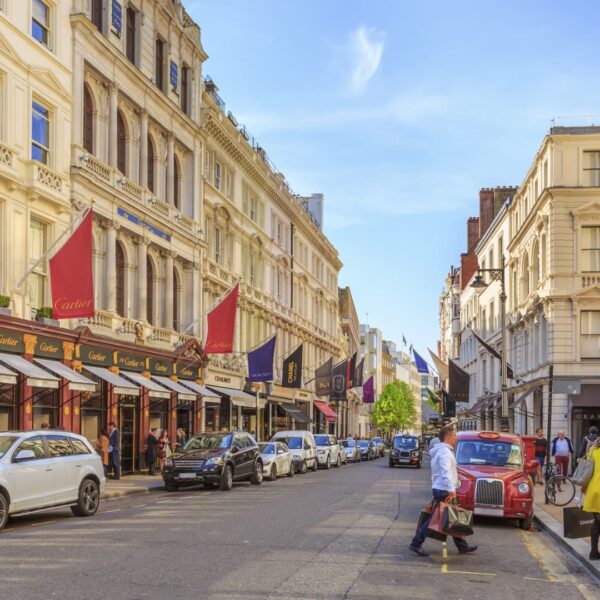

Almost anyone in the housing world will tell you we’re missing millions of homes, and the only way to keep prices and rents from soaring is to build.
Austin, Texas, is doing that.
The median asking rent, or the initial rent amount that a landlord requests for a property, plummeted almost 18% in Austin last month compared to a year earlier, according to Redfin. In its analysis, Redfin said it was the greatest decline of any other metropolitan area it looked at.
“Authorities in the Texas capital signed off on the most new construction in the country in an effort to keep up with soaring demand during the pandemic,” the analysis read. “Demand has now leveled off, but a lot of new apartments are still coming onto the market, so asking rents are falling.”
All the while, the country’s median asking rent rose, albeit by less than 1%. But after the last few years, when rents rose considerably during the pandemic, a boom in construction flatlined rents—and in some parts of the country, pushed them down.
“Almost everything in our lives costs more than it did two years ago—but rents have remained largely stable thanks to the construction boom, especially across the Sunbelt states,” said Redfin’s senior economist Sheharyar Bokhari. “We are seeing rents tick up a little now that new construction is starting to slow down, but asking rents are likely to stay relatively flat for some time due to the backlog of new apartments that are still coming onto the market.”
Because construction is so prominent in the Sunbelt due to lighter regulation, Austin wasn’t the only boomtown to see its rents fall by double digits. In Jacksonville, Florida, the median asking rent dropped 13% in August from a year before. In Tampa, rents fell close to 6%, and in Dallas, they declined more than 3%. Not to mention, some of these same Florida and Texas boomtowns are awash in a glut of condos, which means even more supply.
Either way, we know in Austin it isn’t only rents. Home prices in the city are down almost 5% over the past year, per Zillow. It’s a stark change from a little more than two years ago when the average home value peaked in Austin. It seems building more homes is working, and it’s great for typical Americans—maybe not investors. Either way, the trend might not last long.
Capital Economics’ economist Thomas Ryan recently wrote: “The Sunbelt will continue to attract strong economic immigration, so the current excess housing supply should quickly get absorbed. And with new construction already falling in the region, excess supply should be less of an issue down the line. Therefore, we expect house prices in the Sunbelt to recover. Indeed, in places like Austin, Dallas, and Jacksonville, it appears the worst is already over.”
Even so, what housing policy analysts, urban economists, and those in the yes-in-my-backyard crew have been suggesting for decades—that building more homes is the key to containing costs—is finally catching on, and maybe Austin has something to do with that.
It’s no coincidence that Vice President Kamala Harris recently vowed to end the country’s housing crisis, or shortage, by the end of her first term if elected president; or that former President Barack Obama, at the Democratic National Convention, referring to her housing plan, said: “She knows for example that if we want to make it easier for young people to buy a home, we need to build more units—and clear away some of the outdated laws and regulations that made it harder to build homes for working people in this country. That is a priority, and she’s put out a bold new plan to do just that.”















